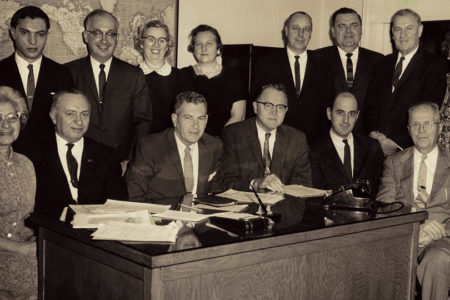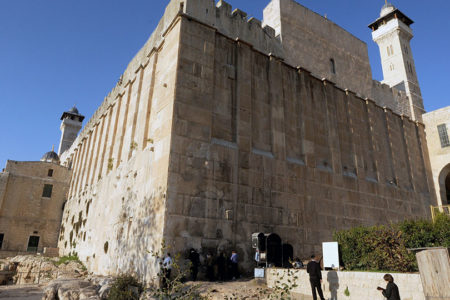Order of Battle
Maj.-Gen. Gadi Shamni, Ehud Olmert’s former military aide, was appointed head of Central Command in June 2007 by Israel Defense Forces (IDF) Chief of General Staff Lt.-Gen. Gabi Ashkenazi.
Given fears that Jordan’s King Abdullah II risks being toppled by an Islamist putsch, Shamni will be keeping a close eye on events there. Another top worry is keeping Judea and Samaria (the West Bank) from falling into the hands of Hamas. Observers expect that the Palestinian Authority (PA) and Hamas will soon bury the hatchet.
Meanwhile, Maj.-Gen. Yoav Galant, Ariel Sharon’s former military adjunct who today heads the Southern Command, has been pushing for a massive IDF operation in Gaza. He wants to curb Hamas’s continued smuggling of weapons into Gaza from the Sinai Desert, which threatens to tilt the strategic balance too far in Hamas’s favor. Galant has an account to settle with Hamas: He was in charge when Cpl. Gilad Shalit was abducted in June 2006.
Maj.-Gen. Gadi Eizenkot, who commands Israel’s northern front, will be preparing his troops for another campaign against Hezbollah. Israeli intelligence assesses that Hezbollah is almost back to full combat strength and that a renewed attack from Sheikh Hassan Nasrallah’s well-trained irregulars is “just a matter of time.”
But that won’t be Eizenkot’s only worry. He’ll keep an eye on Damascus—especially if the Olmert government does not follow through on hints that it is open to negotiating the surrender of the strategic Golan Heights to Syria’s Bashar Assad.
Looking down from above, air-force chief, Maj.-Gen. Elazar Shkedy, knows that no matter where the next battle breaks out, his pilots will be called upon. “The IAF [Israeli Air Force] has relevance in all types of conflicts—some that are nearby with countries that we share a border with and some that are farther away,” he said.
If and when the order comes, for example, the IAF will use its F-15Is and F-16Is to strike at Iran. Israel is also reportedly purchasing 500 U.S. BLU-109 “bunker busters” capable of penetrating the concrete protection surrounding Iran’s underground facilities.
But as the Second Lebanon War demonstrated, Israel’s 21st-century air force doesn’t have all the answers—especially in countering “primitive” but deadly Kassams, Katyushas, and mortars. Shkedy personnel are also charged with keeping enemy planes and missiles from penetrating Israel’s airspace. At their disposal they have a wide array of antiaircraft and antimissile defenses, including the HAWK and Patriot systems.
Finally, while all that is happening, Maj.-Gen. Eli Marom—recently appointed to command Israel’s navy—must not only protect the country’s vulnerable coastline but also ensure that his ships are not caught off-guard again, as happened during the Second Lebanon War when a Chinese-made, Iranian-upgraded C-802 radar-guided missile struck the INS Hanit, a Sa’ar 5-class missile ship. He may be the right man for the job: Marom played a key role in the capture of the Palestine Liberation Organization’s Karine-A weapons ship in 2002.
And while Israel doesn’t want too much publicity about it, the navy’s German-manufactured submarines are an integral component of its presumed nuclear deterrence capabilities.
At the end of the day, and even though Israel spends more on defense per capita than any other country in the world—and far and away more than its enemies—many Israelis can’t help but hope that by our 70th Independence Day, we will be able to devote more of our scarce resources to domestic needs.







